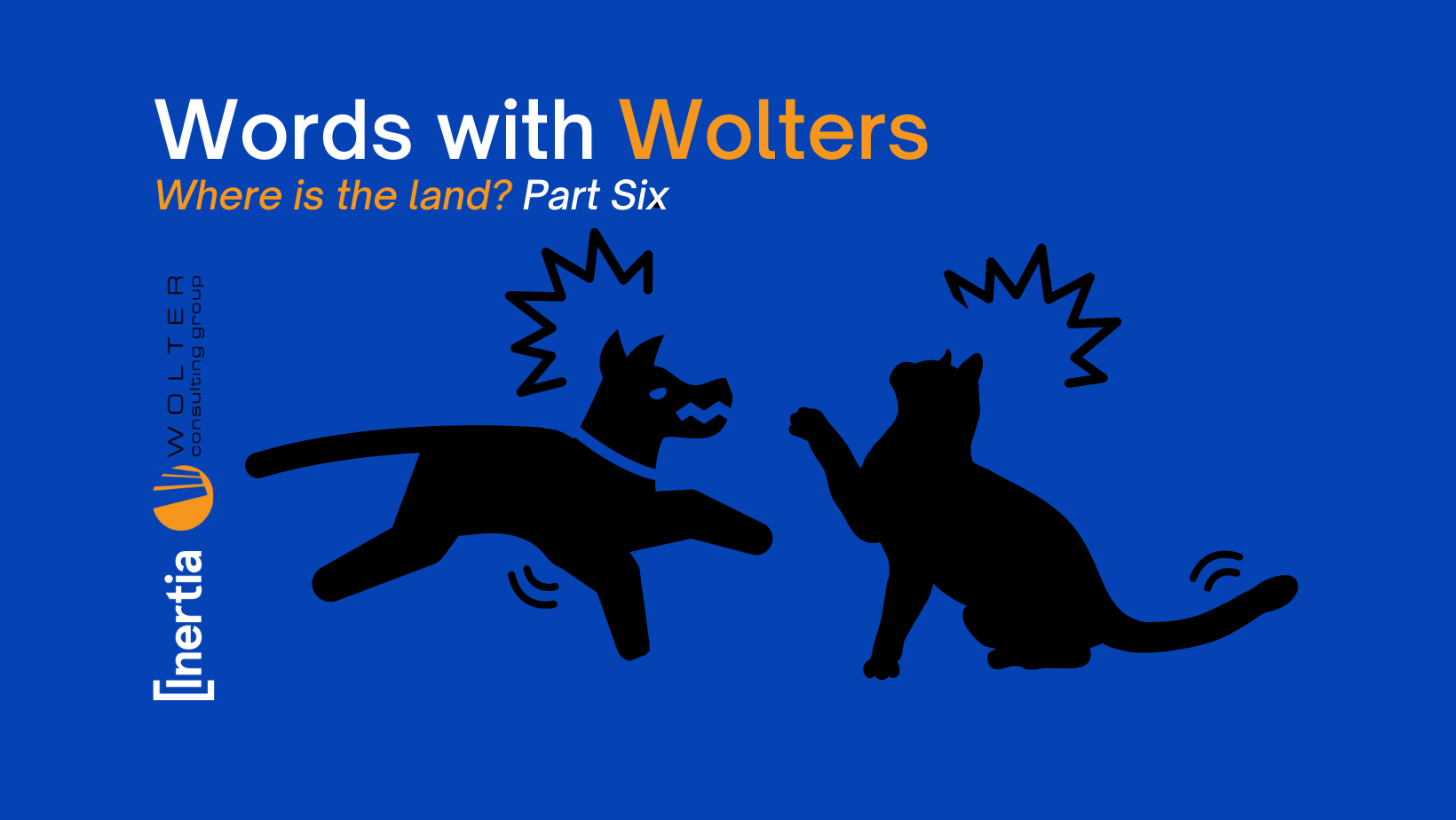Engaging Communities

Often in life, arguments are won by those who shout the loudest, not necessarily those who are armed with facts and evidence. In the development industry, it is true to say that this is often the case, with most developments facing criticism and protests from community groups at their outset.
In Brisbane, we have recently seen protests at developments in Kangaroo Point. Looking back in recent years, we have seen developments fail in their infancy across much of the region. According to the teams at Inertia and Wolter, central to the problem is communication.
“At the moment, developers and the communities are a little like cats and dogs. In most cases, they can get along, but when they do not, it is not because of malice or aggression, it is because we don’t speak the same language,” said Inertia’s Scott Clements.
A dog wags its tail when it is happy. A cat swishes its tail when it is angry.
Cats greet each other by touching noses, so you can’t blame them for being alarmed when a dog tries to greet them at the opposite end.
Dogs like to chase things. Cats flee when they feel threatened. So you can forgive dogs for thinking they are playing a game.
“But cats and dogs can and do get along. They can learn to understand each other’s communication methods. As an industry we need to work harder to engage, communicate and understand.”
Emma acknowledges the industry has not always been the greatest communicators and perhaps in some instances, we have eroded trust that the community should have in us. “We all know of developments where the first the community hears of the development is when a sign is crudely attached to a lamppost, or an announcement appears in the local paper.”
“The key to any successful relationship is open communication and honestly and it should be no different with the development industry and the local community. We need to change our approach and start meaningful and honest conversations about the benefits and realities of development”
Often the problem is the community simply do not like change and see any form of development as negative. So, we need to be more transparent, more open and clearer in our delivery of a scheme and highlight the positive outcomes the community will receive from all perspectives (economic, social and cultural). We need to show that the short-term construction disruption will lead to long-term benefits in creating liveable cities.
Wolter’s Natalie Rayment agrees and believes that more must be done to showcase positive development and to adopt approaches to engagement that do not result in the community defaulting to the position that all development is bad.
“I would hold up the development at Yeronga Paint Factory as an exemplar of the right way to engage the community in a development’s evolution.”
The project will see the revitalisation of an industrial facility in the heart of Brisbane’s South as it becomes a vibrant destination for the arts and creative industry. The factory will move from being zoned as industrial to mixed-use and contain galleries, office spaces, artisanal production facilities, and residential developments.
“The team at the Paint Factory have spent over 4 years working with the community to develop their plan for the site. They have consulted with neighbours, council, business owners, residents and the arts sector to create a plan that has almost universal community approval.”
“Such an honest and consultative approach is the polar opposite of how development management is usually undertaken. And it is not an isolated example; Gasworks at Newstead, King Street in Fortitude Valley, Clearview Urban Village, Brickworks at Alderley are all examples of developments that have been created in partnership with the community that they serve and support.”
Adopting an approach like the Yeronga Paint Factory’s can help ensure that we have the opportunity to create positive developments. Developments that enhance lifestyles, create and support communities, but more than anything, provide opportunity and options for residents to live, work and play where they choose.
 Back to News
Back to News
